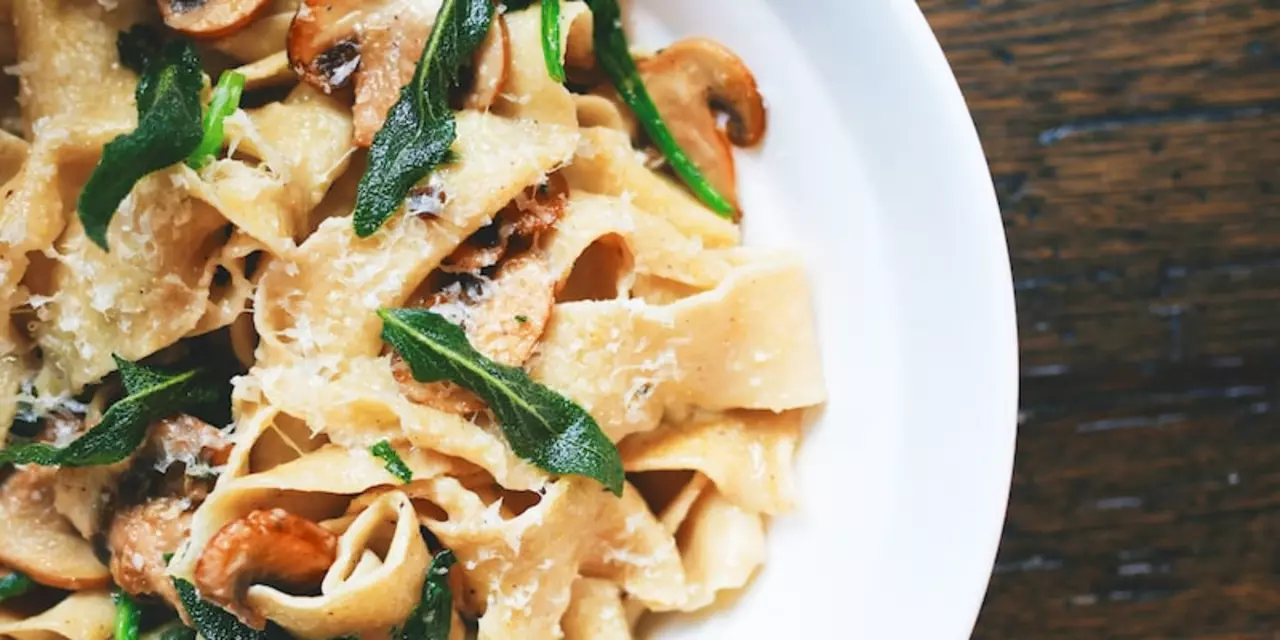Sugar – what it is, why we love it, and how to handle it
Sugar shows up in almost everything we eat or drink. From a morning cup of tea to a birthday cake, it adds flavor and a quick burst of energy. But not all sugar is the same, and its impact on your body can vary. This guide breaks down the basics, gives you simple health tips, and shows how to use sugar smarter in the kitchen.
How sugar affects your body
When you eat sugar, your blood sugar spikes within minutes. Your pancreas releases insulin to move that glucose into cells for energy. If you eat a lot of sugary foods regularly, your body can get used to the spikes and may start resisting insulin. That resistance can lead to higher blood sugar levels over time, which is a risk factor for type 2 diabetes.
Besides blood sugar, extra sugar can add unnecessary calories. Those calories often turn into fat, especially around the belly. It also feeds the bacteria in your mouth, causing cavities. On the flip side, a small amount of sugar before a workout can give you quick fuel, helping you push through a tough session.
Smart ways to use sugar in the kitchen
Cooking with sugar doesn’t have to mean overloading your diet. Here are a few practical tricks:
1. Measure, don’t guess. A kitchen scale or a proper spoon helps you keep portions right. Too much sugar can mask other flavors and make a dish overly sweet.
2. Blend sweeteners. Mix a little honey, maple syrup, or fruit puree with regular sugar. You get the same sweetness with fewer refined grains.
3. Use sugar for texture. In baking, sugar not only sweetens but also adds moisture and helps with browning. If you cut back on sugar, expect a denser crumb unless you replace it with something like applesauce.
4. Add a pinch of salt. Salt balances sweetness and can make a dessert taste richer without adding more sugar.
5. Choose dark over white. Dark brown sugar contains molasses, giving a deeper flavor and a tiny bit of minerals. It’s a simple swap that can improve taste.
When you’re looking for alternatives, consider stevia, monk fruit, or erythritol. They provide sweetness with almost no calories. Just remember that each sweetener behaves differently in recipes—some don’t caramelize like sugar, so test a small batch first.
Finally, keep an eye on hidden sugars. Sauces, dressings, and even some breads can have a surprising amount of added sugar. Reading labels helps you stay in control.
Whether you’re a casual snack lover or a home baker, understanding sugar lets you enjoy its taste while keeping health in check. Use these tips, experiment a bit, and you’ll find the sweet spot that works for you.
Are 'Ready to Eat' Indian food products too unhealthy?
0 Comments
Ready to Eat Indian food products are becoming increasingly popular due to their convenience and flavor, however, many of these products contain high levels of sodium, sugar, and oil which can be detrimental to one's health. In addition to this, the processing methods used in the production of these products can strip away many of the beneficial nutritional elements. While Ready to Eat Indian food products can be enjoyed in moderation, the healthiest option is to prepare meals from scratch using fresh ingredients.
Read More